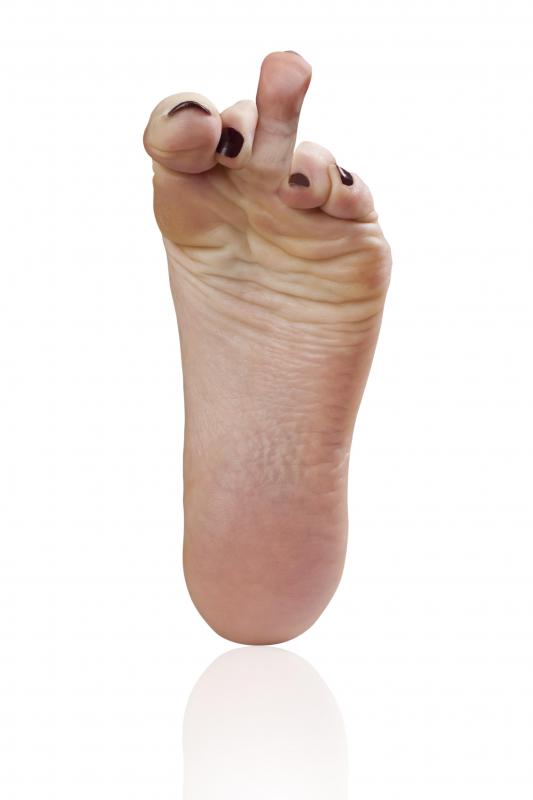At WiseGEEK, we're committed to delivering accurate, trustworthy information. Our expert-authored content is rigorously fact-checked and sourced from credible authorities. Discover how we uphold the highest standards in providing you with reliable knowledge.
What is a Congenital Malformation?
The terms birth defect or congenital defects are used to describe conditions with which people are born. Congenital malformation is more specific, describing anatomical or structural changes of the developing fetus. These might be very minor changes requiring no intervention or they could require multiple interventions. Some congenital malformations are so severe they either pose a serious risk to life or they are fatal.
In trying to establish a hierarchy to discuss congenital malformation it’s important to note that children can be born with more then one structural defect. The presence of one defect may cause others or a child is born with a syndrome that encompasses several structural problems at once. A condition like Mermaid syndrome presents with fused legs and anal and urinary defects. Such a condition is profound, affecting much of the body.

Structural defects might be classed by where they appear. Problems in the brain could lead to a head that is too small (microcephaly), too large (macrocephaly), lacking major brain structures, or possibly the bone/tissues needed to protect the brain, which involves more than one part of the body. Other anomalies are present in the head and face such as cleft palate or appropriate facial formation.
Newborns might have skeletal defects, changing the way parts of the body operate. Some people have extra digits and have hands or feet that are fused together, like in ectrodactyly. Length of legs or arms could be shorter or longer than normal, joints may not meet properly, parts of the skeletal system might fail to develop, and severe curvatures of bone in any direction could exist. Degree to which these conditions have an impact often depends on the possibility of repair and restoration to a near normal state, and also depends on the type of supportive care given by parents, rehabilitative workers and others.
Severe congenital malformation types may exist in any of the body’s organs or connective areas such as the intestines. Some children have bladder defects or are born with an esophagus that isn’t properly connected. Liver problems could exist, necessitating treatment and possibly transplant. Structural heart defects are some of the more common of all birth defects, affecting nearly 10% of all children born. Some of these resolve on their own and others will necessitate a series of surgeries and lifetime following with cardiologists.
A congenital malformation might exist for many reasons. Sometimes the reason isn’t known, but at other times the cause is genetic or due to environmental factors. With a variety of testing apparatus like genetic testing and ultrasound, some malformations are found well before birth, helping parents prepare for the challenges ahead. When any congenital malformation is profound, support is vital for the whole family. A wide variety of support groups exist for specific types of defects and organizations focused on all birth defects may be useful too.
AS FEATURED ON:
AS FEATURED ON:











Discuss this Article
Post your comments